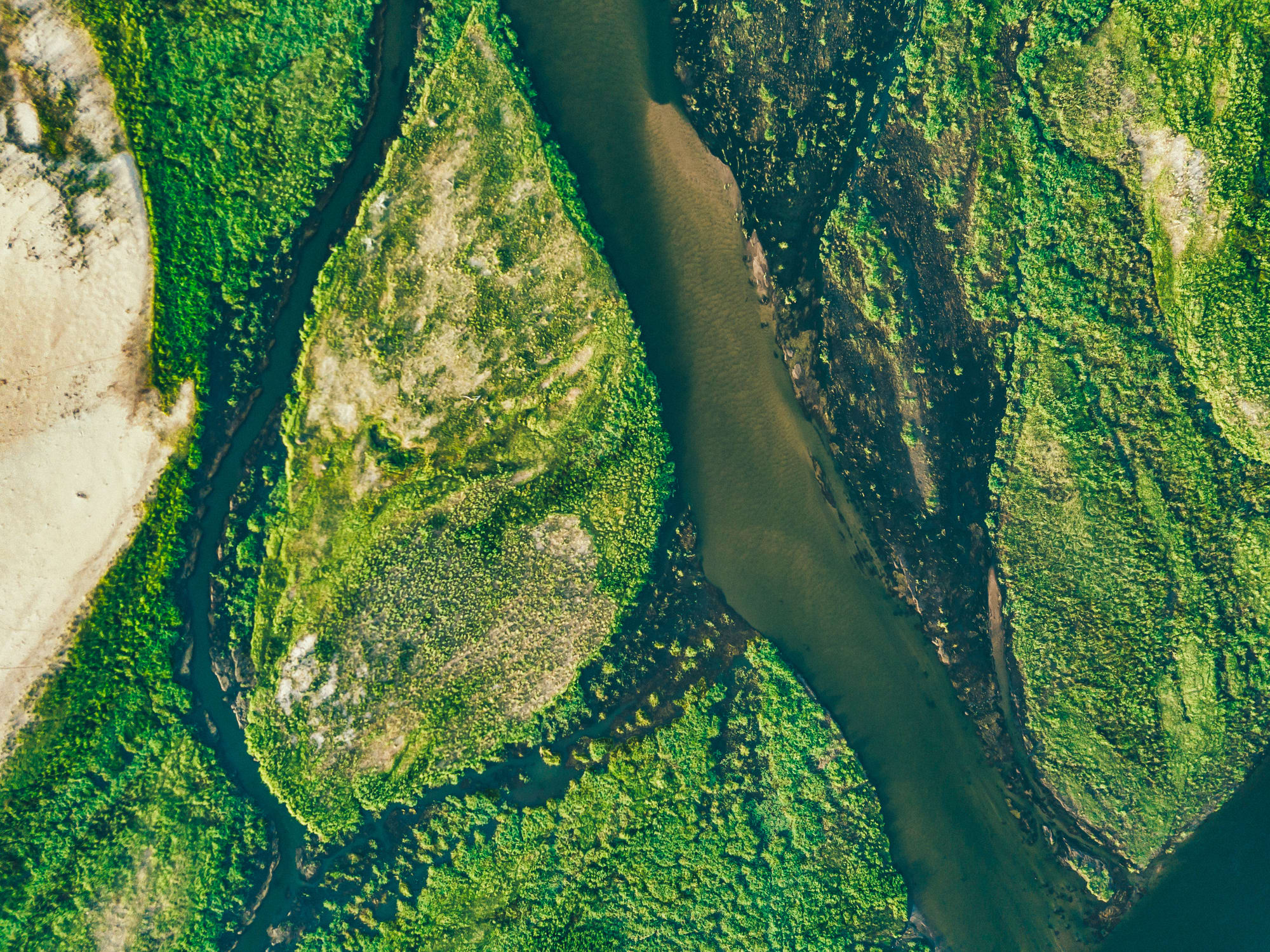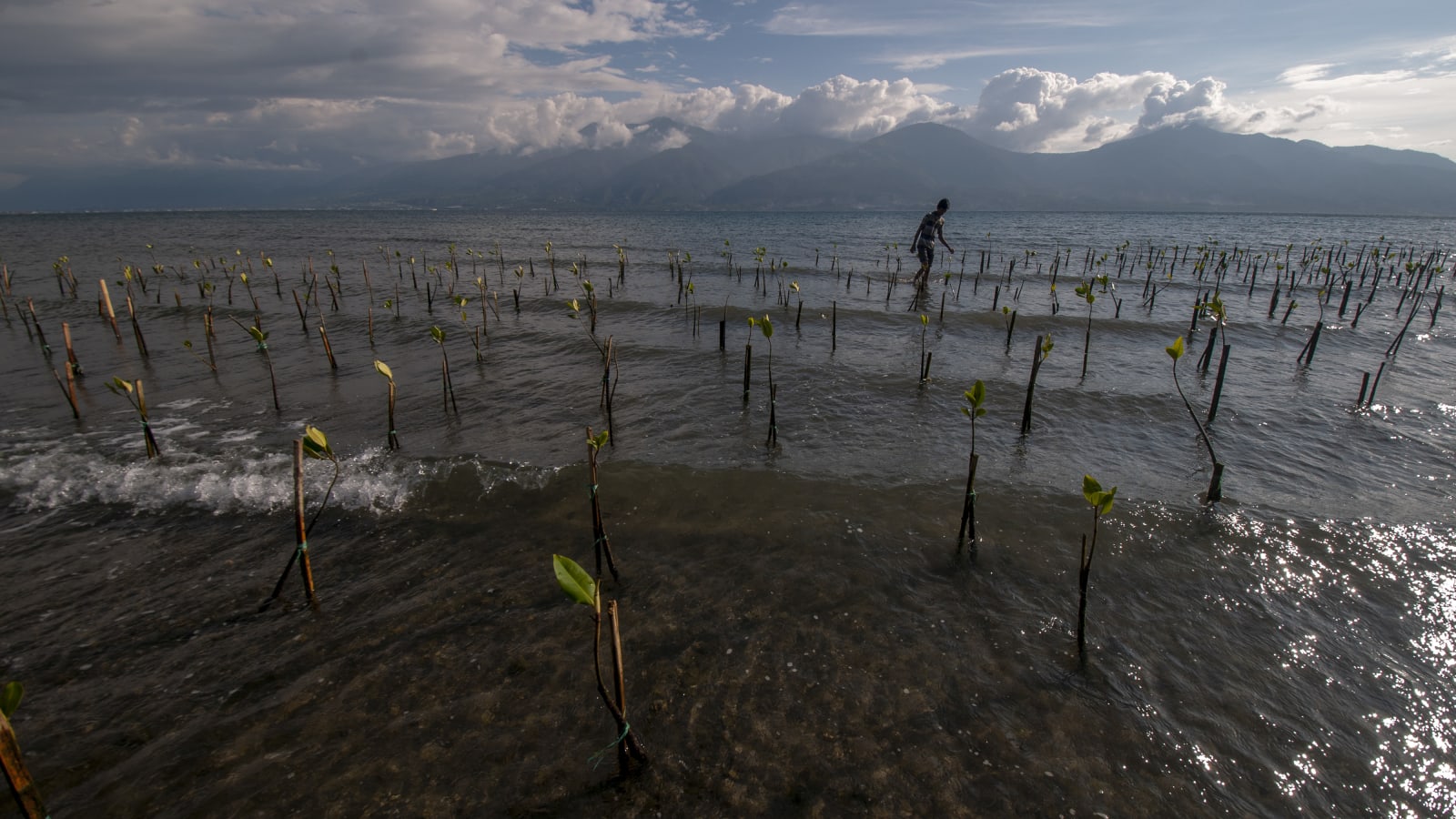It’s over four years since the Paris Agreement was reached at the UN’s COP21 climate summit.

Source: CNBC
It was in the French capital that world leaders committed to making sure global warming stayed “well below” 2 degrees Celsius above pre-industrial levels. They also agreed to pursue efforts to limit the temperature rise to 1.5 degrees Celsius.
While activists decry what they perceive to be a lack of action when it comes to tackling the “climate emergency”, national governments and big businesses claim they are making significant efforts.
This discussion is taking place against the backdrop of a “global energy transition,” a shift from fossil fuel based energy sources to renewable ones. How fast this change will happen — and to what extent — is another part of the debate.
Could nature hold the key?
Taking all of the above into account, something called “nature-based solutions” (NBS) could have a role to play in the years ahead. The EU has described nature-based solutions as “actions which are inspired by, supported by or copied from nature.”
An example is the installation and cultivation of green roofs and walls in urban areas to boost air quality.
Speaking to CNBC’s “Sustainable Energy,” Stewart Maginnis, global director of the Nature-based Solutions Group at the International Union for Conservation of Nature, explained that these solutions were “rooted in the benefits that nature provides.”
“Real, tangible benefits like sequestering carbon, stabilizing soil, regulating water flow,” he added, explaining that NBS came from well managed or restored ecosystems like forests, wetlands and grasslands.
A bridge to a more sustainable planet?
While the concept of NBS may seem intangible or abstract, a number of high profile-organizations are continuing to highlight just how fragile our planet is.
In the World Economic Forum’s latest Global Risks Report, for instance, its top five risks by likelihood across the next decade were listed as: extreme weather events; the failure of climate change mitigation and adaptation; major natural disasters; major biodiversity loss and ecosystem collapse; and human-made environmental damage and disasters.

Source: CNBC
When viewed through this sort of prism, nature-based solutions could have a big role to play in both the here and now, and years ahead.
“The value of nature-based solutions is that they are ready to be deployed now, particularly when we look at the context of climate change,” Maginnis said.
“But, even with the best will in the world, decommissioning power stations, shifting to electric vehicles … refitting homes will take time, and that’s time we don’t have.”
“So, nature based solutions act as a real, effective and readily available complement to the other actions that we need to take,” he said. “It’s not a reason not to take those actions — in fact, it’s a bridging mechanism to help us get safely to a 1.5 degree future.”

